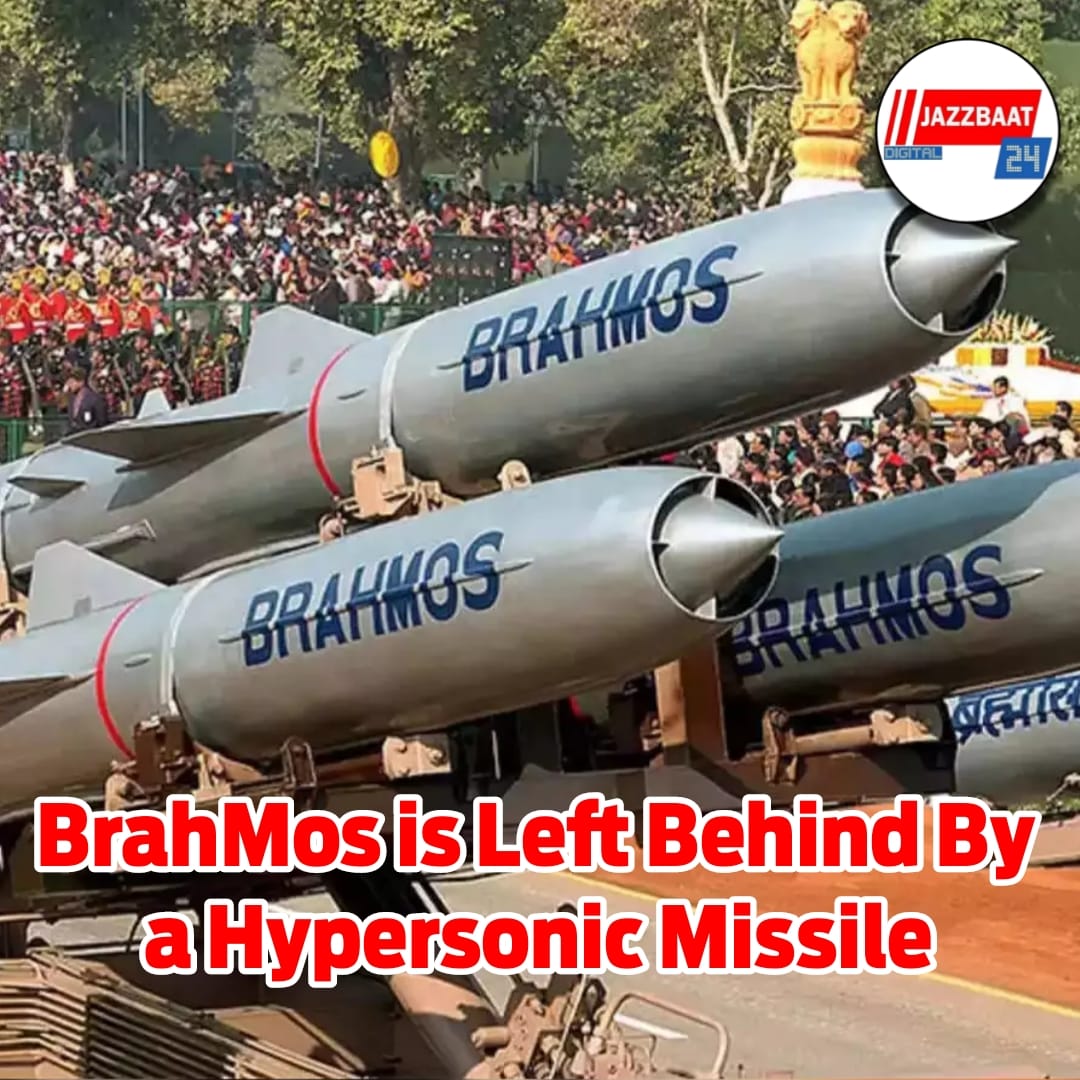
New Delhi, June 18, 2025:
According to defense sources, India has declared the development of a revolutionary hypersonic cruise missile under the classified Project Vishnu. It claims to reach Mach 8, or about 11,000 km/h, which is three times faster than the BrahMos.
The weapon, known as the Extended Trajectory Long Duration Hypersonic Missile (ET LDHCM), can carry conventional or nuclear warheads weighing between 1000 and 2000 kg and is designed to hit targets up to 1,500 km away. The missile's heat resistant airframe can tolerate temperatures above 2,000°C, and its scramjet engine absorbs atmospheric oxygen to enable prolonged hypersonic flight.
A significant technological milestone was recently reached when DRDO announced that the scramjet engine's ground tests had successfully operated for 1,000 seconds.
The missile uses mid course maneuvering to avoid radar and intercept systems as part of its low altitude flight profile. Regarding the missile's operational versatility, a senior official with knowledge of the project stated: "This weapon can be launched from land, air, or sea," giving India a tactical advantage over regional rivals like China and Pakistan.
India now officially joins the select few countries, the US, Russia, and China, that have successfully developed hypersonic weapons programs. Because of its exceptional speed, range, and accuracy, analysts believe the ET-LDHCM could revolutionize strategic deterrence.
In a future press conference, Defense Minister Rajnath Singh is anticipated to discuss the test. According to sources, the ministry is getting ready for a controlled trial and possible public test launch later this year, which might involve telemetry and satellite tracking. On several fronts, similar initiatives are in progress. According to reports, DRDO is moving forward with the BrahMos II project, a joint venture with Russia that aims to create a hypersonic version of the BrahMos missile. BrahMos-II is expected to reach Mach 8 speeds and match the ET-LDHCM's range of 1,500 km.
Analysts in the defense sector note that these state of the art systems demonstrate India's increasing capabilities in strategic weapons and aerospace. "Low altitude hypersonic cruise missiles with agile flight paths make interception nearly impossible," one expert summarized. As Project Vishnu moves forward, India appears poised to increase its presence in future military technology, strengthening its operational and deterrent capabilities in a variety of fields.